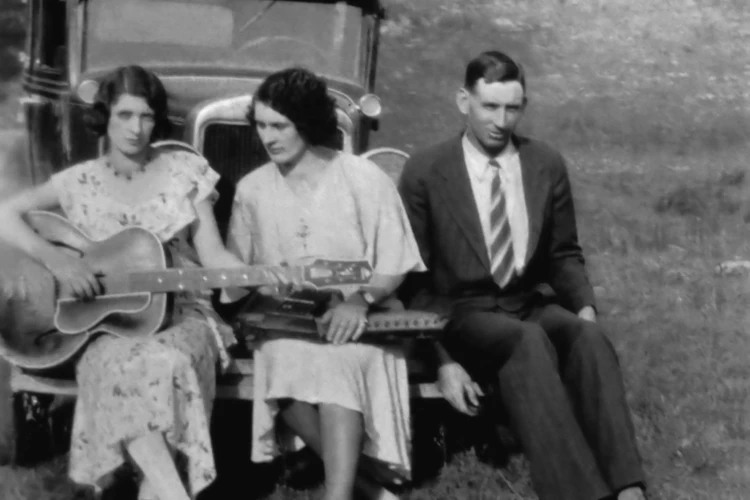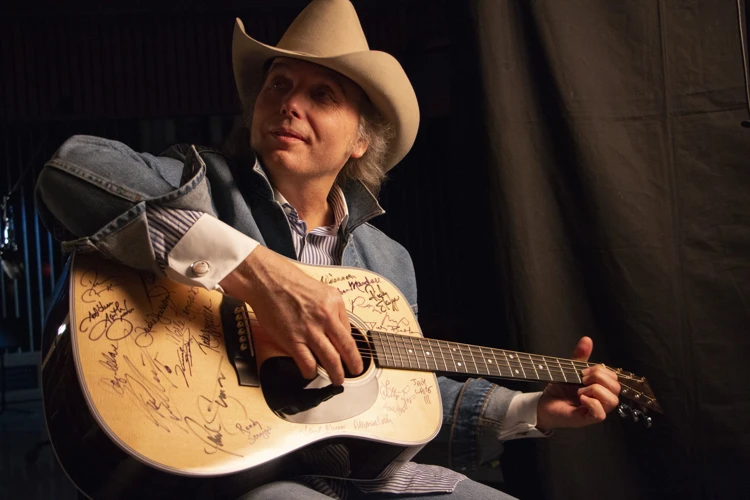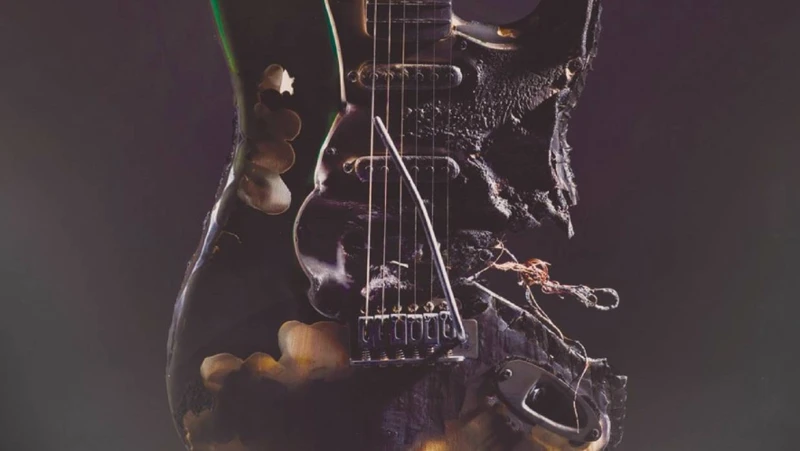Guitar country music is a genre that has captured the hearts of music lovers for generations. With its unique blend of soulful lyrics, catchy melodies, and unforgettable guitar riffs, it’s no wonder why this style of music has stood the test of time. In this blog post, we’ll explore the history of guitar country music, its most iconic artists, and the instruments that have defined the genre.
The Origins of Guitar Country Music
Guitar country music has its roots in the Southern United States, where folk music and blues intersected to create a new sound. Early country music was characterized by its use of acoustic instruments, such as the banjo and fiddle, but the guitar soon became a staple of the genre. In the 1930s and 1940s, artists like Jimmie Rodgers and the Carter Family helped to popularize country music, and the use of the guitar became more prevalent.
The Electric Guitar Revolution
In the 1950s, the introduction of the electric guitar changed the game for country music. Artists like Chet Atkins and Merle Travis began experimenting with the instrument, using it to create complex fingerstyle arrangements that became a hallmark of the genre. The electric guitar also allowed for a wider range of tones and sounds, which opened up new creative possibilities for country musicians.
The Fender Telecaster
One of the most iconic guitars in country music is the Fender Telecaster. Introduced in 1951, the Telecaster quickly became a favorite among country musicians for its bright, twangy sound. Its solid body and simple design made it perfect for the rough-and-tumble world of country music, and it remains a staple of the genre to this day.
The Gibson Les Paul
Another guitar that has left its mark on country music is the Gibson Les Paul. Introduced in 1952, the Les Paul was designed to compete with the Fender Stratocaster, which had become popular among rock and roll musicians. With its thick, rich tone and sustain for days, the Les Paul was a natural fit for country musicians looking to add some muscle to their sound.
Iconic Guitar Country Artists
Over the years, there have been countless artists who have made their mark on the world of guitar country music. Here are just a few of the most iconic:
Merle Haggard
Known as the “Poet of the Common Man,” Merle Haggard was a master of the guitar and the pen. His songs, like “Mama Tried” and “Okie from Muskogee,” spoke to the heart of working-class America and helped to define the genre of country music.
Johnny Cash
With his deep, resonant voice and stripped-down sound, Johnny Cash was a true original. His guitar playing was simple but effective, and his songs, like “Folsom Prison Blues” and “Ring of Fire,” are some of the most enduring in country music history.
Brad Paisley
A modern master of the guitar, Brad Paisley is known for his lightning-fast solos and catchy hooks. His songs, like “Alcohol” and “Ticks,” showcase his versatility as a musician and his ability to blend traditional country sounds with modern production techniques.
Modern Guitar Country Music
Today, guitar country music is as popular as ever, with artists like Luke Combs, Eric Church, and Miranda Lambert carrying on the tradition of great guitar playing and songwriting. These artists are pushing the boundaries of the genre, incorporating elements of rock, pop, and hip-hop into their sound while still staying true to the roots of country music.
The Future of Guitar Country Music
As the music industry continues to evolve, it’s hard to say what the future of guitar country music will hold. But one thing is for sure: as long as there are musicians who are passionate about the genre and the instrument, guitar country music will continue to thrive.
Interested in learning more about guitar in country music? Check out our articles on tuning guitars for country music, slide guitar techniques in country music, rhythm guitar playing in country music, acoustic guitarists in country music, and acoustic guitars in country music for a deep dive into this popular genre!
Conclusion
From its humble beginnings in the Southern United States to its current status as a global phenomenon, guitar country music has come a long way. With its rich history, iconic artists, and unforgettable guitar riffs, it’s a genre that will continue to captivate and inspire music lovers for generations to come.
So whether you’re a seasoned country music fan or just discovering the genre for the first time, take some time to explore the world of guitar country music. You never know – you might just find your new favorite song.



